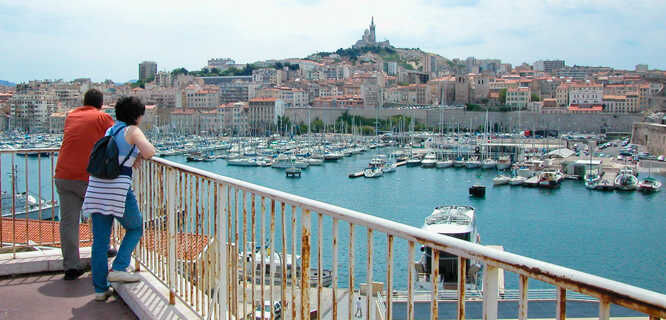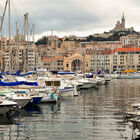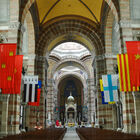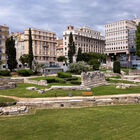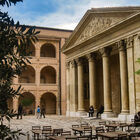Marseille
Most tourists leave Marseille off their itinerary — it doesn't fit their idea of the French Riviera or of Provence (and they're right). France's oldest and second-biggest city (and a leading European port) is an untouristy, semiseedy-but-vibrant city with a history that goes back to ancient Greek times — and challenges you to find its charm. It's a world apart from France's other leading cities, and has only one essential sight to visit (Notre-Dame de la Garde). Here the city is the museum, the streets are its paintings, and the happy-go-lucky residents provide its ambience.
At a Glance
▲▲ Notre-Dame de la Garde Marseille's landmark sight: a huge Neo-Romanesque/Neo-Byzantine basilica, towering above everything, with panoramic views.
▲▲ Panier District Marseille's answer to Paris' Montmartre, this charming tangle of lanes in the oldest part of town draws photographers and poets.
▲ North African Market Taste of North Africa in downtown Marseille.
▲ (Vieux Port) Old Port Economic heart of town, featuring lots of boats and a fish market, protected by two impressive fortresses.
▲ La Charité Museum Housed in a beautiful building with Celtic, Greek, Roman, and Egyptian artifacts and more.
Marseille History Museum Worthwhile displays of ancient Marseille and a good place to get a feel for the city's historic importance.


